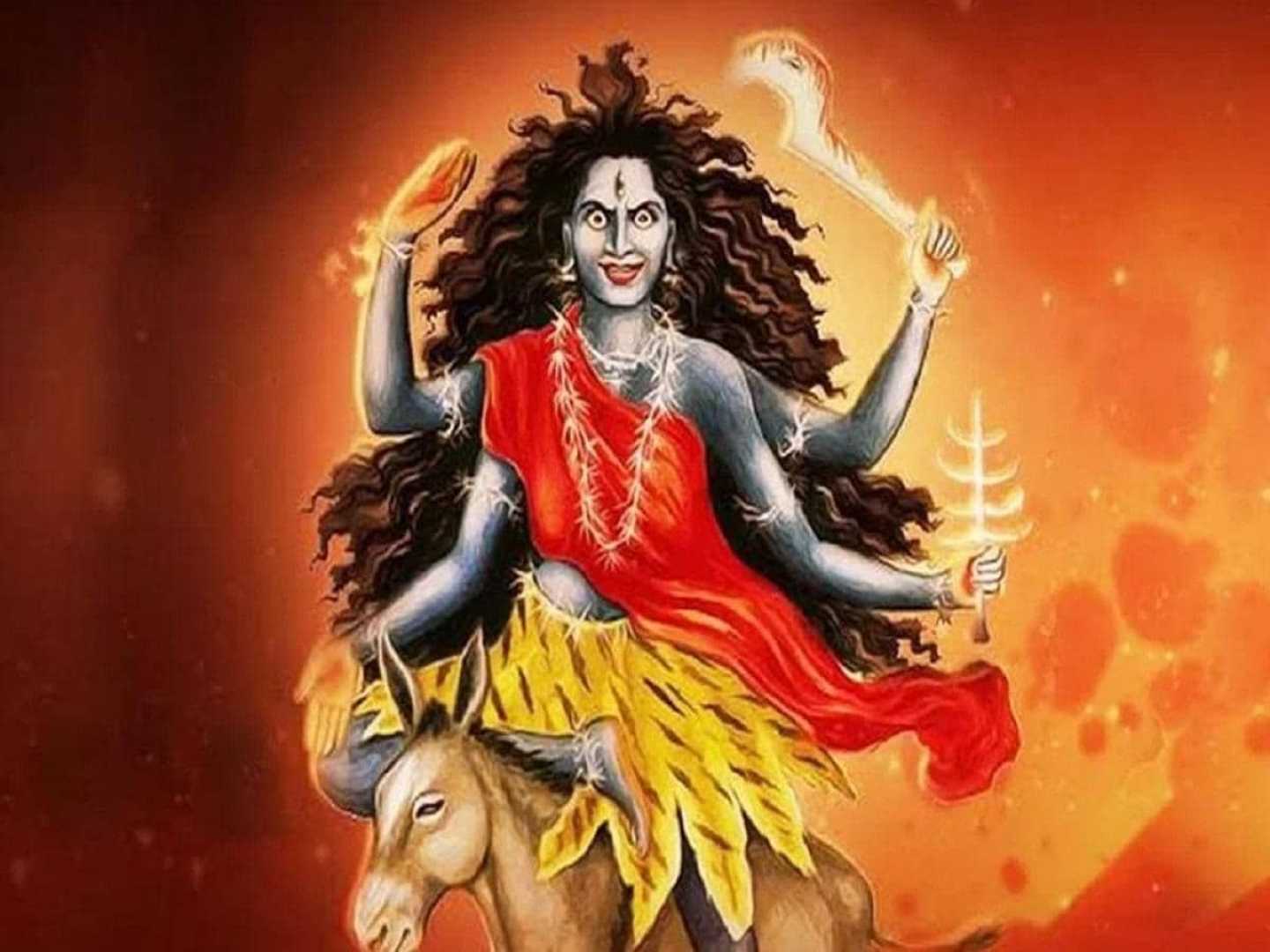News
Devotees Observe Seventh Day of Navratri with Maa Kalratri Worship

Maa Kalratri, one of the revered forms of Goddess Durga, is worshipped by devotees on the seventh day of Sharadiya Navratri. This year, the observance falls on October 9, as per the Panchang calendar. The festival of Navratri began on the Pratipada Tithi of Shukla Paksha in the Ashwin month and will conclude on the Navami Tithi. Worshippers participate in rituals and prayers across the country, seeking blessings from Maa Kalratri, who is known for her three eyes and four hands.
It is believed in religious circles that devotees who worship Maa Kalratri according to prescribed rituals are freed from fears and adversaries in their lives. “The faithful receive not only protection from their adversaries but also liberation from various fears,” said a local priest during a Navratri celebration in New Delhi.
This day is marked by offering special ‘bhog’ or foods considered auspicious to Maa Kalratri. According to tradition, offerings like ‘gud’ (jaggery), ‘gud ki kheer’, and ‘malpua’ are essential to please the goddess. Devotees also present fruits, milk, yogurt, and various sweets as part of their offerings. “These delicacies are believed to appease the goddess and help fulfill uncompleted tasks,” shared an observer attending the ritual.
Furthermore, the color blue carries significant importance on this day. Devotees are encouraged to wear blue attire as it is believed to attract happiness and prosperity into their lives. Midnight is considered an auspicious time for Maa Kalratri’s prayers, where devotees chant specific mantras with red sandalwood beads for blessings.
One widely recited mantra during these prayers is: “Om Jayanti Mangala Kali Bhadrakali Kapalini, Durga Kshama Shiva Dhatri Swaha Swadha Namostute.” This is said to bring fulfillment of wishes and relief from hardships when recited with devotion.
The celebrations of Navratri hold deep personal and cultural significance for many communities, reflecting a dedication to spiritual growth and divine grace.
Sources have highlighted that the rituals and beliefs around this festival stem from various religious texts and practices that have developed over centuries. However, individuals are advised to follow these practices with personal discretion and understanding.












